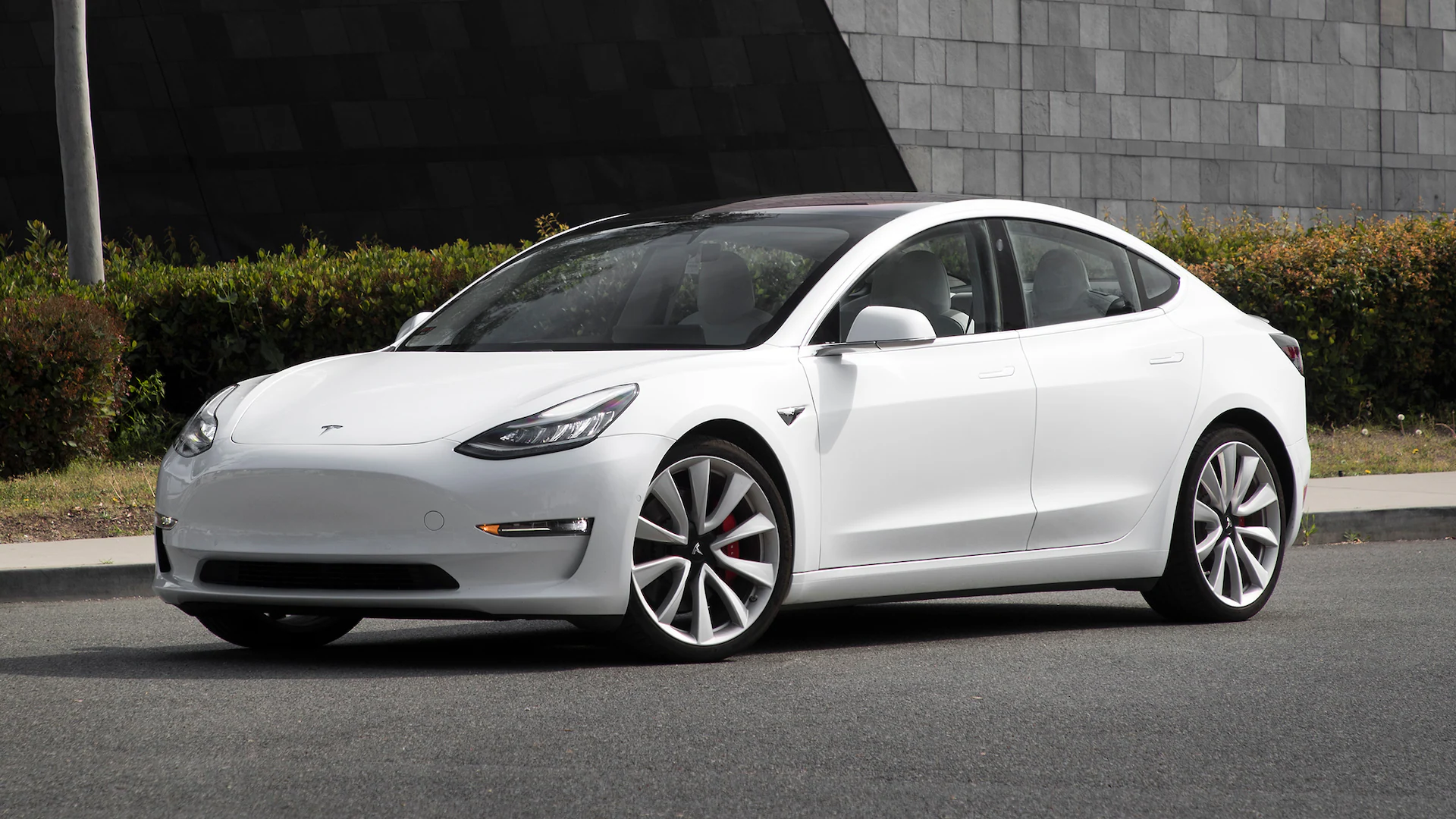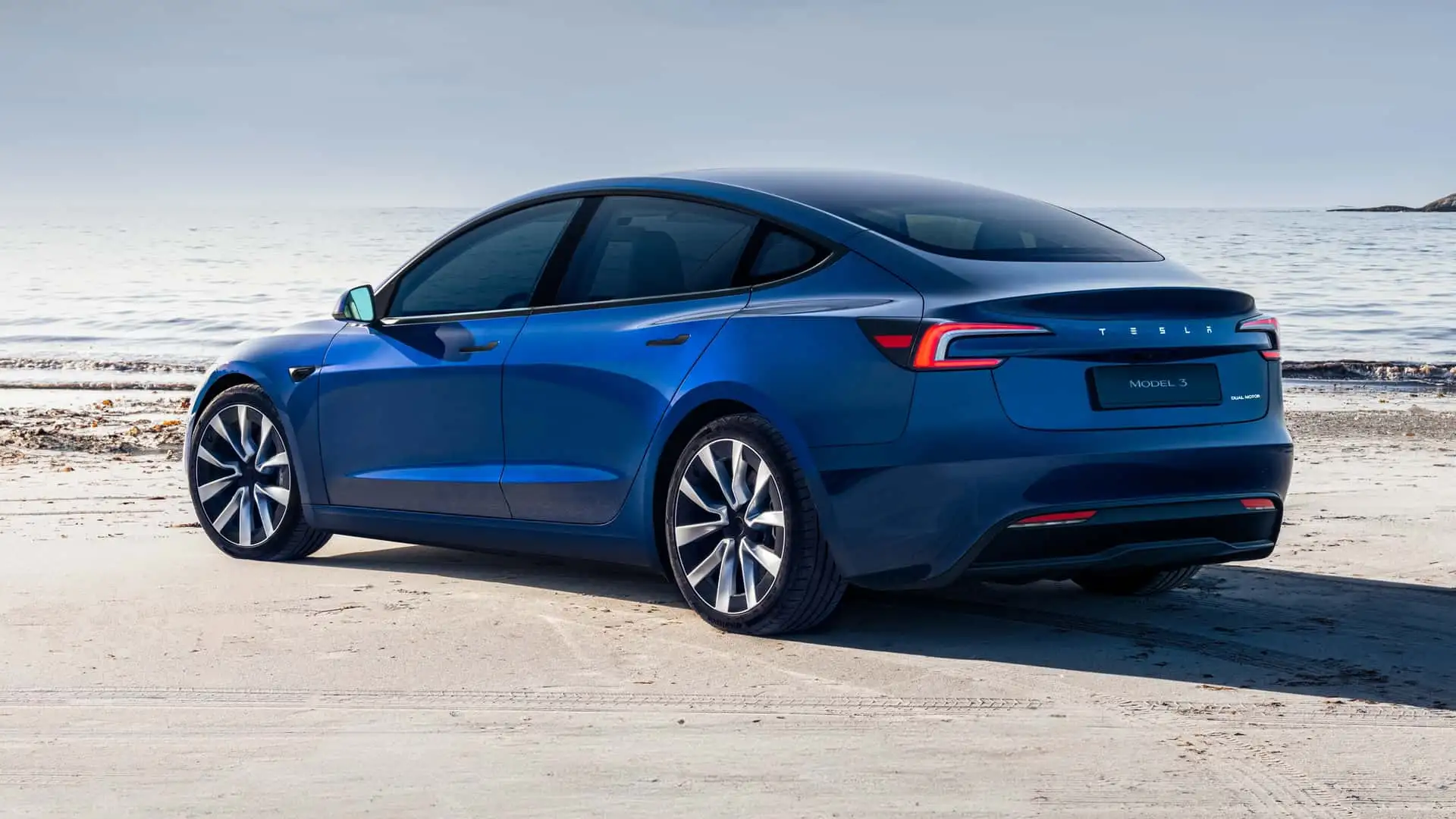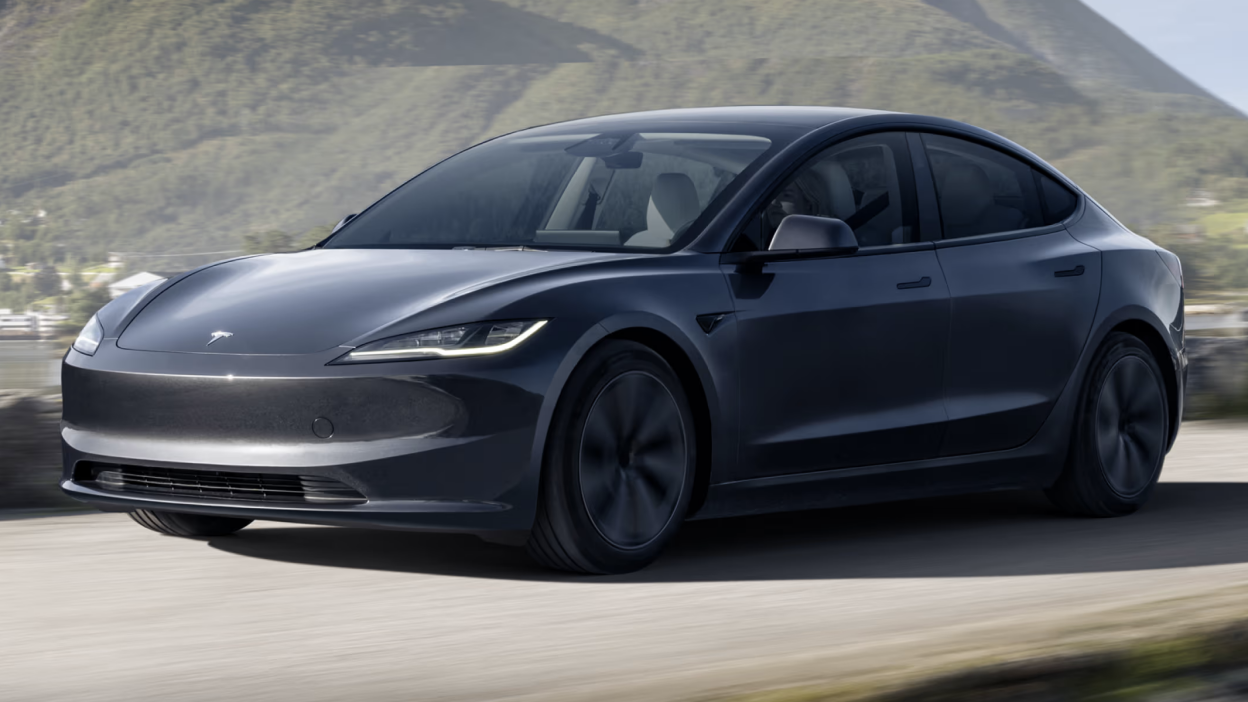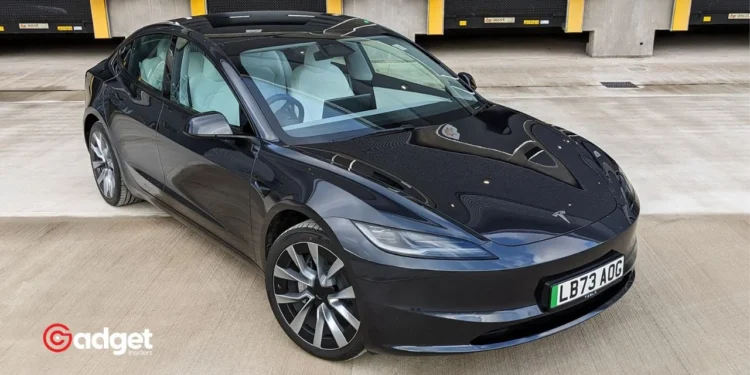Tesla, the trailblazer in electric vehicle technology, has once again adjusted the pricing of its high-performance vehicle, the Model 3 Performance, marking an increase of $1,000. This change brings the price from $53,990 to $54,990, a move that reflects the company’s dynamic pricing strategy and its impact on both the market and its consumers.

A Swift Increase Following a New Launch
The new Model 3 Performance, launched on April 23, 2024, initially came with a price tag of $52,990. Within just a few weeks, company implemented a price increase, first to $53,990, and most recently to $54,990. Despite these changes, the vehicle still qualifies for a $7,500 tax credit, making its effective price more appealing at $42,490, considering Tesla’s estimated $5,000 in gas savings over five years.

Equipped with impressive features such as a 163 MPH top speed and a mere 2.9 seconds to reach 60 MPH from a standstill, the Model 3 Performance blends affordability with high performance. This combination is intended to attract a broad customer base ranging from eco-conscious drivers to performance enthusiasts.
Adjustments Beyond the Price Tag
Company’s recent pricing strategy doesn’t stop at the vehicle’s sticker price. The company has also revised the costs of several interior options. For instance, the price for the White Interior for the Model 3 Rear-Wheel-Drive and Model 3 Long Range has increased by $500, now costing $2,000.
Interestingly, company has made the White Interior option on the Model 3 Performance available at no additional cost, a strategic decision likely aimed at maintaining the car’s eligibility for the tax credit and appealing to consumer preferences for customization without financial penalty.
Balancing Act: Margins and Market Demand
Company’s pricing strategy is not merely about adjusting numbers but is a critical component of its broader business model, which focuses on sustaining high gross margins. This strategy is particularly significant in light of past concerns from investors when Tesla had reduced prices to boost demand, which, while effective in driving sales, had put pressure on the company’s profitability.
Argentina president Javier Milei on Elon Musk:
"Elon Musk told me that he wakes up every day thinking about what problem he can solve for people, and he makes excellent products. I don't care how much money he makes, let him earn whatever he wants!" pic.twitter.com/lKCiJLy6re
— Tesla Hype (@TeslaHype) May 17, 2024
The recent price hikes could be seen as a move to recalibrate the balance between maintaining healthy profit margins and making electric vehicles accessible to the average consumer. Notably, this latest increase positions the Model 3 Performance just under the $55,000 threshold for the EV tax credit, suggesting that company is finely tuning its pricing to maximize consumer benefits without compromising its financial metrics.
What Lies Ahead for Tesla and Its Consumers?
With the ongoing adjustments in its pricing and product offerings, potential buyers and investors alike should stay alert to the implications of such changes. For consumers, the increasing cost of options and upgrades may influence buying decisions, especially for those looking to maximize value. Investors, on the other hand, will likely monitor Tesla’s ability to manage its pricing strategy in a way that sustains demand while bolstering profit margins.

As Tesla continues to innovate and adjust its strategies, the automotive market will undoubtedly watch to see how these changes affect the broader landscape of electric vehicles. Whether these pricing strategies will lead to a stable increase in consumer uptake and investor confidence remains to be seen.










